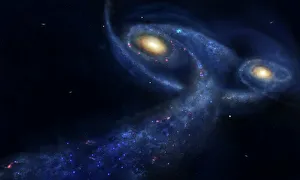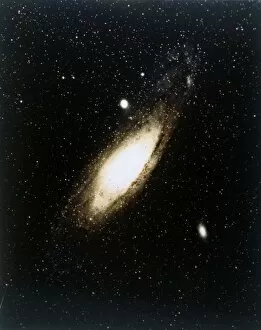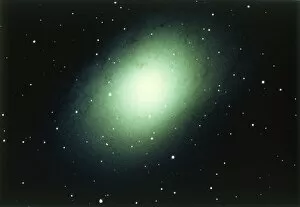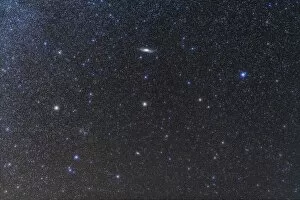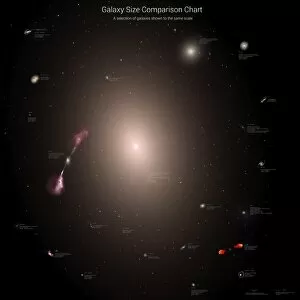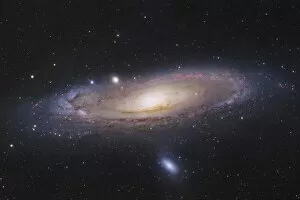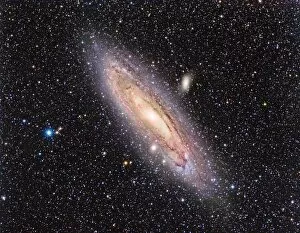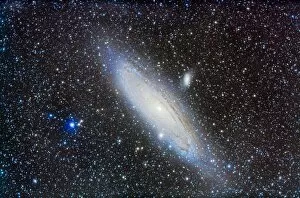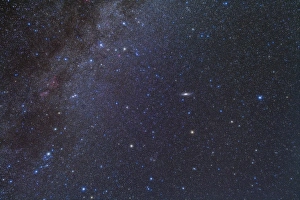Messier 31 Collection
Messier 31, also known as the Andromeda Galaxy, is a celestial marvel that holds many secrets within its vast expanse
All Professionally Made to Order for Quick Shipping
Messier 31, also known as the Andromeda Galaxy, is a celestial marvel that holds many secrets within its vast expanse. This captivating image showcases the predicted collision between the Andromeda galaxy and our very own Milky Way, a cosmic event of epic proportions. The older stellar population of the Andromeda galaxy is beautifully depicted in shades of blue, revealing its ancient history and evolution over billions of years. As we gaze at this mesmerizing sight captured by NASA, we are transported to the center of this galactic masterpiece. The Great Andromeda Galaxy stands proudly amidst a sea of stars and galaxies, showcasing its grandeur and magnificence. The Triangulum Galaxy can also be seen alongside it, adorned with dazzling star clusters that add an extra touch of splendor to this cosmic tapestry. This awe-inspiring image was first observed in visible light by the National Optical Astronomy Observatory. It offers us a glimpse into the immense scale of our universe as various galaxies are presented to us on equal footing. NGC 3628, an unbarred spiral galaxy located in Leo constellation, makes a cameo appearance in this celestial ballet. Its graceful presence adds depth and intrigue to an already captivating scene. As we admire this breathtaking view from Dinosaur Provincial Park under the northern autumn sky, we cannot help but feel humbled by the sheer beauty and complexity that exists beyond our world. The Andromeda Galaxy serves as a reminder that there is still so much left for us to explore and discover in our ever-expanding universe.

